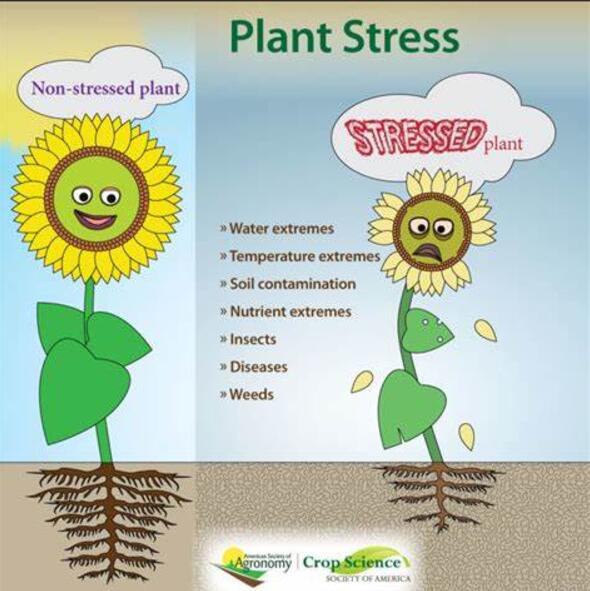Anther transcriptomes in cold-tolerant rice cultivars tend to show insensitive responses
IF 6.8
Q1 PLANT SCIENCES
引用次数: 0
Abstract
Many studies of stress tolerance in plants have characterized genes that show differences among a small number of lines with clearly distinct tolerance or sensitivity to the given stress. From the few cloned genes, it is difficult to genetically interpret intermediate tolerance or susceptibility levels and explain the complexity of stress responses and tolerance. In this study, we explored the changes in the transcriptome of anthers from 13 rice lines with different cold tolerance grown under control conditions or exposed to 4 days of cold stress to look for correlations between cold tolerance at the booting stage and expression levels. When examining the overall expression patterns in anthers at low temperature, the cold-tolerant lines tended to have relatively few highly expressed genes, and the expression levels of ribosome-related genes tended to be lower in cold-tolerant lines than in cold-sensitive lines. Importantly, we observed these different expression patterns between the cold-tolerant and -sensitive lines regardless of whether cold stress had been applied. Minimal changes in genes and repetitive sequences under cold stress also tended to be characteristic of the cold-tolerant lines. We also identified unknown genes whose expression was cold responsive and common to all the lines studied. The rice lines whose transcriptome remains constant or insensitive in response to cold stress are more tolerant to low-temperature exposure during the booting stage than rice lines with more widespread expression changes.
求助全文
约1分钟内获得全文
求助全文
来源期刊

Plant Stress
PLANT SCIENCES-
CiteScore
5.20
自引率
8.00%
发文量
76
审稿时长
63 days
期刊介绍:
The journal Plant Stress deals with plant (or other photoautotrophs, such as algae, cyanobacteria and lichens) responses to abiotic and biotic stress factors that can result in limited growth and productivity. Such responses can be analyzed and described at a physiological, biochemical and molecular level. Experimental approaches/technologies aiming to improve growth and productivity with a potential for downstream validation under stress conditions will also be considered. Both fundamental and applied research manuscripts are welcome, provided that clear mechanistic hypotheses are made and descriptive approaches are avoided. In addition, high-quality review articles will also be considered, provided they follow a critical approach and stimulate thought for future research avenues.
Plant Stress welcomes high-quality manuscripts related (but not limited) to interactions between plants and:
Lack of water (drought) and excess (flooding),
Salinity stress,
Elevated temperature and/or low temperature (chilling and freezing),
Hypoxia and/or anoxia,
Mineral nutrient excess and/or deficiency,
Heavy metals and/or metalloids,
Plant priming (chemical, biological, physiological, nanomaterial, biostimulant) approaches for improved stress protection,
Viral, phytoplasma, bacterial and fungal plant-pathogen interactions.
The journal welcomes basic and applied research articles, as well as review articles and short communications. All submitted manuscripts will be subject to a thorough peer-reviewing process.
 求助内容:
求助内容: 应助结果提醒方式:
应助结果提醒方式:


